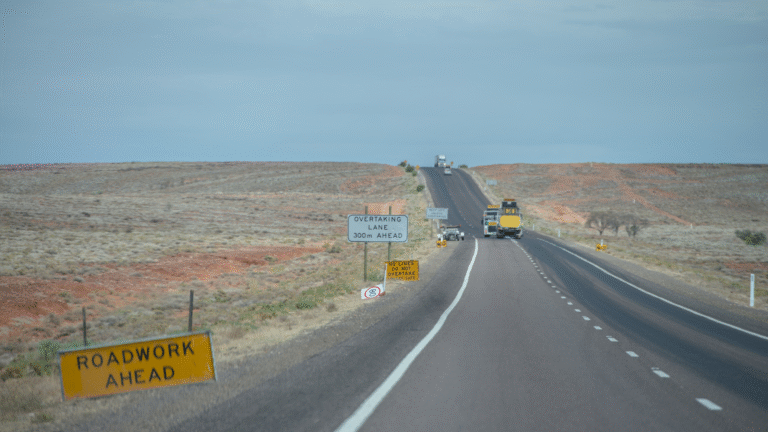Fast chargers have transformed city-to-city EV travel, but in many regional and remote parts of Australia the picture is still patchy. Gaps in coverage, unreliable hardware, power constraints, and amenity-poor locations mean drivers off the main highways can still face long waits, circuit breakers or a complete absence of fast-charging options. This article maps the practical reasons regional communities remain under-served and offers realistic short- and long-term fixes for councils, operators and drivers.
Table of Contents
- Why regional charging lags behind urban networks
- Common pain points for regional fast-charging users
- Infrastructure and grid constraints that limit deployment
- Business models and why private investment can stall
- Practical short-term fixes communities can adopt
- Long-term strategies for resilient regional charging
- FAQs
1. Why regional charging lags behind urban networks
Fast-charging rollout economics favour dense corridors where utilisation rates quickly recoup installation costs. Regional towns and scenic routes see lower and more intermittent demand, so operators judge returns as marginal. Meanwhile, the technical and permitting work to site a charger in a small town — local approvals, grid assessments, trenching and ongoing maintenance — is often proportionally harder than in cities.
2. Common pain points for regional fast-charging users
- Sparse station spacing: Long stretches with no suitable DC70–350kW chargers.
- Unreliable uptime: Chargers that are offline for days with long repair lead times.
- Limited power or slow units: Only lower-power AC or slow DC chargers, requiring hours not minutes.
- Poor amenities: No shelter, toilet or food options while you wait — especially a problem for families and tour operators.
- Payment and roaming friction: Multiple apps or pay-per-session surprises make rural charging awkward.
These problems combine to create “charging deserts” that discourage confident regional EV travel.
3. Infrastructure and grid constraints that limit deployment
Many regional sites lack the network capacity to host high-power chargers without expensive upgrades. Upgrades can require new transformers, longer HV lines or network reconfiguration — and those costs are often uneconomic on a single-site basis. In some cases the local substation is physically distant from the chosen site, leading to long cabling runs that add to installation bills.
4. Business models and why private investment can stall
Private operators need predictable utilisation to justify investment. Low seasonal usage, tourism cycles and risk of vandalism or theft raise operational risk. Public funding or co-investment often fills the gap, but grant windows are limited and bureaucratic. Without blended finance — grants + operator revenue share + local business sponsorship — many rural chargers never get built or fall into disrepair.
5. Practical short-term fixes communities can adopt
- Make the most of medium-power chargers: A distributed set of 22–50 kW DC chargers in multiple towns can dramatically increase usability.
- Co-locate with amenities: Pair chargers with supermarkets, bowls clubs or caravan parks to provide waiting comfort and to share the risk.
- Operator partnerships: Councils can bundle procurement and maintenance with local businesses to reduce operating overheads.
- Mobile charging as a stopgap: Mobile or trailer-mounted chargers can cover events and peak season demand without a permanent build.
Short-term wins keep travellers moving while larger investments are planned.
6. Long-term strategies for resilient regional charging
- Grid-aware planning: Work with networks on staged upgrades and battery buffering to avoid large up-front costs.
- Blended funding models: Combine federal/state grants, private operators and local investment to create viable business cases.
- Standardised maintenance contracts: Centralised maintenance hubs that serve a region can reduce downtime and repair times.
- Data-driven siting: Use traffic, tourism and local economic data to locate chargers where they’ll be used year-round.
These approaches build a durable network rather than one-off “poster” chargers.
FAQs
Q: Can I rely on fast chargers in regional Australia today?
A: Only on major tourist corridors and highways; off the beaten track you should plan for slower charging or longer stretches without service.
Q: Why are some chargers offline for so long in country towns?
A: Smaller operator footprints, limited spare parts, and long travel times for technicians amplify downtime in regional areas.
Q: Can solar and batteries help regional sites?
A: Yes — battery buffering reduces immediate grid upgrade needs and can smooth demand peaks, making high-power chargers more affordable to install.
Conclusion
Fast charging has made interstate EV travel realistic — but regional Australia still faces real gaps. A mix of pragmatic short-term measures (medium-power sites, co-location with amenities) and strategic long-term plans (blended funding, grid buffering and centralised maintenance) will close those gaps. Local councils, state planners and private operators each have a role to play, and practical collaboration is the fastest route to regional resilience.
Meta description: Fast chargers have made EV travel easier, but many regional Australian towns remain under-served. Learn why gaps persist and practical short- and long-term fixes for regional charging resilience.
